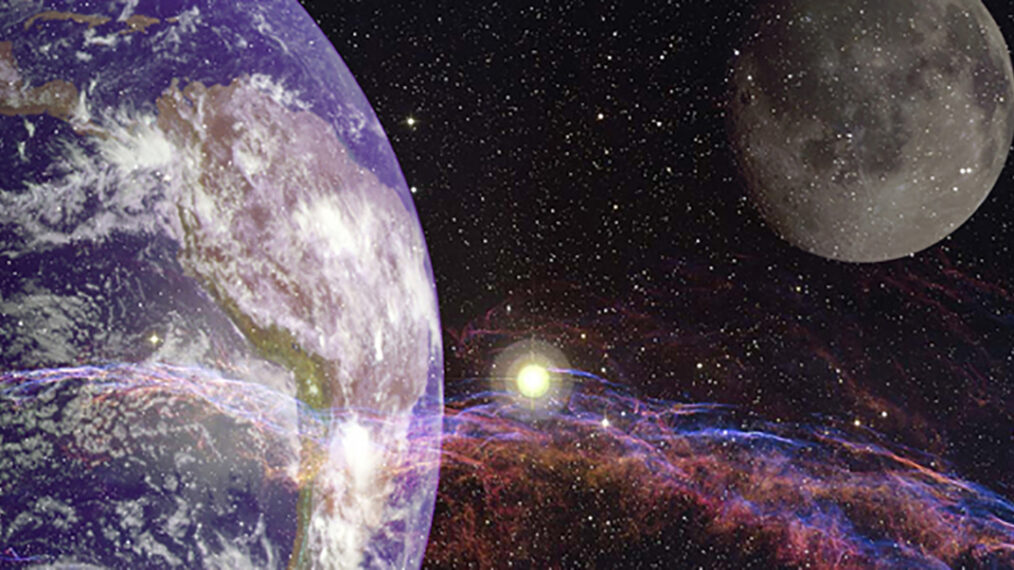#The President’s Analyst Remake Coming From Trevor Noah – /Film

“#The President’s Analyst Remake Coming From Trevor Noah – /Film”
The President’s Analyst, a 1967 comedy-thriller about the misadventures of a psychoanalyst to the President of the United States, is getting a remake courtesy of The Daily Show host Trevor Noah. And the script for the remake comes courtesy of an actual Washington insider – Pat Cunnane, who served as President Barack Obama’s Senior Writer and Deputy Director of Messaging at the White House.
THR is reporting that The President’s Analyst remake is in the works over at Paramount, with Trevor Noah and Haroon Saleem producing for Day Zero Productions (DZP), and Norman Aladjem, Derek Van Pelt, and Sanaz Yamin producing for Mainstay Entertainment. The most interesting angle on this news, though, is the fact that the script comes from someone who actually worked in the White House – Pat Cunnane, Senior Writer and Deputy Director of Messaging at the White House to former President Obama.
The original film was released in 1967 and starred James Coburn. Here’s a synopsis:
In this lively satire, psychiatrist Sidney Schaefer (James Coburn) is recruited by the U.S. government to serve as the president’s own top-secret psychoanalyst. On call at all hours and privy to the leader’s most private thoughts, Schaefer develops paranoia, which turns out to be warranted, since numerous international agencies are out to get him for his highly classified knowledge. Aided by spy Don Masters (Godfrey Cambridge), Schaefer must survive the many attempts on his life.
The remake is described as “a re-examination of the 1967 satire through the lens of the contemporary political landscape.” Lord knows our “contemporary political landscape” is plenty weird and even surreal, so there’s probably plenty of material to work with. I’ll confess that I’ve never seen the original, but while it was a box office disappointment, critics lauded the pic. Roger Ebert gave it four stars and wrote: “Writer and director Theodore Flicker’s satire is modern and biting, and there are many fine, subtle touches in the film. All of the FBI agents are clean-cut, sharp-jawed, impeccably groomed men of exactly 4 feet, 11 inches tall. And when Coburn is kidnapped by the phone company, there is a nauseatingly pleasant young man who lectures him on why the phone company is his friend. To accompany the lecture, there are animated cartoons like a TV commercial — but done in a peculiar way so all the little dancing men look uncoordinated.”
Revisiting the film in 2008, Village Voice critic J. Hoberman wrote: “The President’s Analyst opened in late 1967, during the same season as Bonnie and Clyde and The Graduate, and provides a candy-colored bridge between The Manchurian Candidate and the conspiratorial thrillers of the early ’70s.”
Cool Posts From Around the Web:
If you liked the article, do not forget to share it with your friends. Follow us on Google News too, click on the star and choose us from your favorites.
For forums sites go to Forum.BuradaBiliyorum.Com
If you want to read more Like this articles, you can visit our Social Media category.





